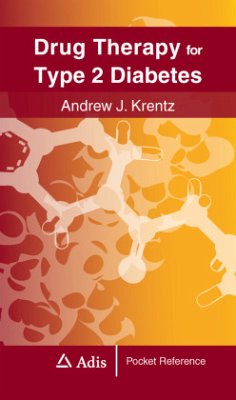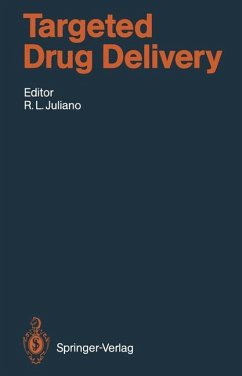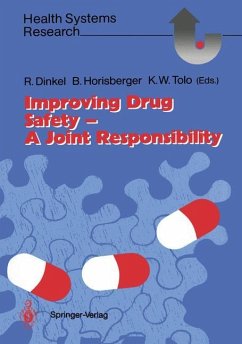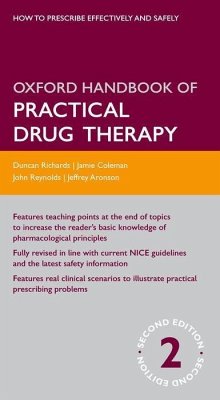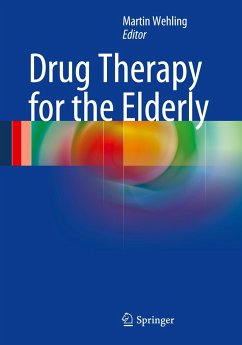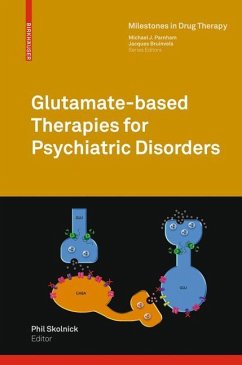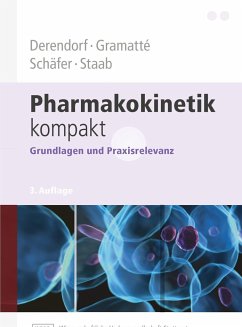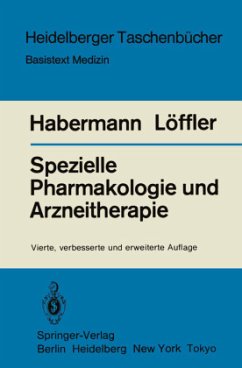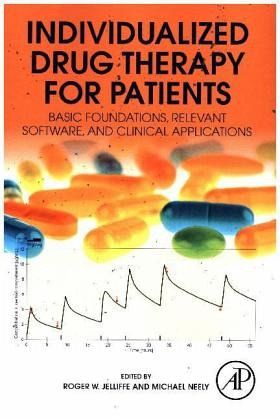
Individualized Drug Therapy for Patients
Basic Foundations, Relevant Software and Clinical Applications
Herausgegeben: Jelliffe, Roger W; Neely, Michael

PAYBACK Punkte
33 °P sammeln!
Individualized Drug Therapy for Patients: Basic Foundations, Relevant Software and Clinical Applications focuses on quantitative approaches that maximize the precision with which dosage regimens of potentially toxic drugs can hit a desired therapeutic goal. This book highlights the best methods that enable individualized drug therapy and provides specific examples on how to incorporate these approaches using software that has been developed for this purpose.The book discusses where individualized therapy is currently and offers insights to the future. Edited by Roger Jelliffe, MD and Michael N...
Individualized Drug Therapy for Patients: Basic Foundations, Relevant Software and Clinical Applications focuses on quantitative approaches that maximize the precision with which dosage regimens of potentially toxic drugs can hit a desired therapeutic goal. This book highlights the best methods that enable individualized drug therapy and provides specific examples on how to incorporate these approaches using software that has been developed for this purpose.
The book discusses where individualized therapy is currently and offers insights to the future. Edited by Roger Jelliffe, MD and Michael Neely, MD, renowned authorities in individualized drug therapy, and with chapters written by international experts, this book provides clinical pharmacologists, pharmacists, and physicians with a valuable and practical resource that takes drug therapy away from a memorized ritual to a thoughtful quantitative process aimed at optimizing therapy for each individual patient.
The book discusses where individualized therapy is currently and offers insights to the future. Edited by Roger Jelliffe, MD and Michael Neely, MD, renowned authorities in individualized drug therapy, and with chapters written by international experts, this book provides clinical pharmacologists, pharmacists, and physicians with a valuable and practical resource that takes drug therapy away from a memorized ritual to a thoughtful quantitative process aimed at optimizing therapy for each individual patient.




